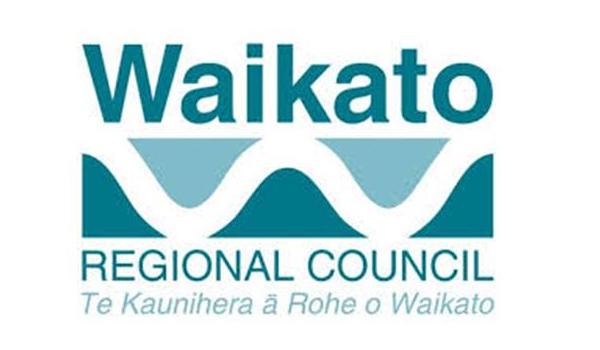Waikato Regional Council news
The Waikato Regional Transport Committee is seeking government support to reduce the speed limit on Raglan and other Waikato rural roads from 100 kmph to 80-90 kmph.
On behalf of the committee, chair Hugh Vercoe has written to Associate Minister of Transport Julie Anne Genter, also asking the Government to act quickly to bring the necessary changes that will allow councils to more easily change their speed limits as part of efforts to reduce the number of deaths on Waikato roads.
On June 11, the committee voted unanimously to seek government support to reduce the speed limit on all Waikato council-owned roads to 80-90 kmph, to ensure safe and appropriate travel speeds depending on the configuration of the road.
At the Monday meeting, the committee also endorsed the 2018 update to the Regional Land Transport Plan 2015-2045, which includes the development of a regional speed management plan.
The Waikato Regional Transport Committee comprises mayors or delegates from the region’s territorial authorities, Waikato Regional Council and the NZ Transport Agency. It also includes the Waikato Road Policing Manager, who doesn’t have voting power.

“We in the Waikato are committed to reversing the steady increase in the rate of fatalities on our roads,” Mr Vercoe says in his letter to Ms Genter.
“We have adopted a zero road fatality target – reducing speed limits is an important part of this and we are seeking your support to make this happen.”
The Waikato region has the worst statistics in New Zealand for road deaths and serious injuries, making up 20 per cent of national casualties each year.
Considering distances travelled, the region has 18 per cent more deaths and serious injuries than the national average and 70 per cent of these are on open roads with speed limits of 100 kmph. Between 2013 and 2017, fatalities almost doubled. Given this trend, more than 60 people will die on our regional road network this year, and 372 people will suffer serious injuries.
Mr Vercoe, who attended the Local Government Road Safety Summit in Wellington in April, says the Associate Transport Minister needs to consider reducing default speeds of 100 kmph on the local roading network to align with the national Speed Management Guide.
“The Speed Management Guide and NZ Transport Agency analysis shows that more than 80 per cent of Waikato’s rural roads have speed limits higher than what is safe.
“A lot of our rural roads are windy and narrow and you couldn’t drive 100 kmph on them anyway. We want to make sure that the speed limit matches the driveability of a road. The set speed limits do not always reflect the risk.”
Reasons to support a lower default speed limit on rural roads:
- Fatal crashes more often than not involve speeds above safe and appropriate levels. Half of fatal crashes and 29 per cent of serious injury crashes are the result of reckless behaviour, while the rest are due to making a mistaking or inexperience. Therefore, reducing the road speed limit to a safe and appropriate level will reduce the number of death and serious injury crashes.
- Studies show that decreasing average speeds by 1 per cent results in a fourfold decrease in death and serious injury crashes.
- Lower travel speeds increase a driver’s effective field of view. This gives a driver more time to react to a hazard, thereby avoiding or reducing the severity of a crash.
- Speed affects the outcome of every crash, regardless of the cause, and excessive or inappropriate speeds make outcomes worse.
- The sweet spot for fuel consumption is between 80-90 kmph in a modern, fuel-efficient car.


noooooooooooooooooo most people on SH23 do about 80-90kmh now. that’s the trouble. lets keep traffic moving and be considerate. if you cant or wont drive to the speed limit (near it, not just below it by 20kmh) then please be considerate and get out of the way of other traffic. YOU are a slow vehicle and those passing lanes are designed for YOU to pull over into and use.
Why no to safer roads? NZTA said that 80kph would only add 3 minutes to the journey. What we really need is more buses with wi-fi, so we can spend the extra time usefully.
if the limit goes down to 80, then the slow drivers will slow to 60 kmh and frustration will still occur leading to continued overtaking. With no additional cameras or police who is going to monitor the new limits anyhow?
in a recent traffic study in Hamilton done by a Phd student at Waikato uni it was found that most accidents occurred on River Road (a 50kmh limit) and not on faster stretches or busy junctions like 5x roads. slow speeds and complacency leads to people losing concentration and being distracted.
So are you saying what we really need is a 20kph limit, then the slow drivers will stop altogether and be easy to pass?
hey that might work 😉